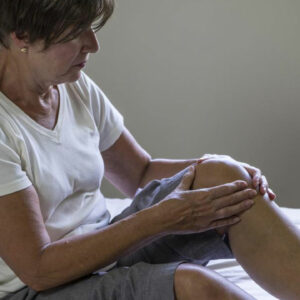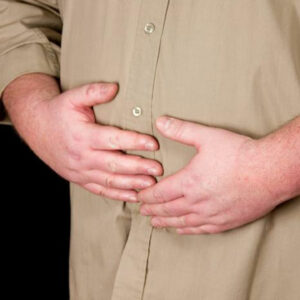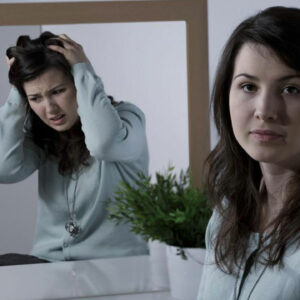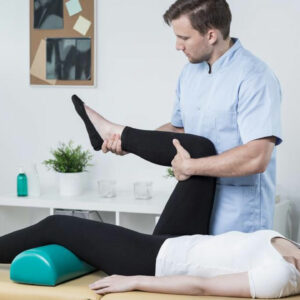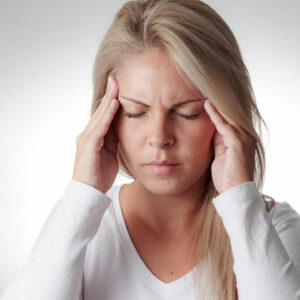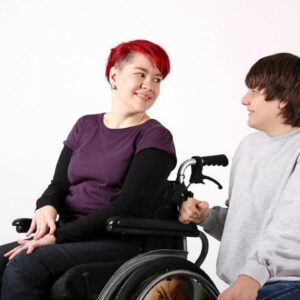
01
Common Symptoms of Multiple Sclerosis You Cannot Miss
Multiple sclerosis is when the brain, primarily the spinal cord, is affected; however, it can affect any part of the body. This condition can cause a varied range of symptoms. The symptoms of multiple sclerosis may differ from person to person. The symptoms may come and go for some people while for some people the symptoms remain steady. When the symptoms get worse, the disease is said to relapse. Some of the multiple sclerosis symptoms include weakness, tingling, numbness, and blurred vision. Some other signs such as muscle stiffness, thinking problems, and urinary problems may also occur. The treatment given can provide relief to the patient from the suffering due to the various symptoms. Multiple sclerosis symptoms of keep reoccurring for many people which make it difficult to diagnose this disease. The early multiple sclerosis symptoms may occur from the age of 20 and above. For some people, these multiple sclerosis symptoms may or may not reoccur; however, there will be an improvement in the condition of the patient with passing time. One way to have a control of this disease is to keep track of the symptoms and having a diagnosis done when the symptoms continue for a period of time. It is always possible to overcome multiple sclerosis symptoms experienced and lead a normal life if the treatment is taken for this disease. Here are some of the common multiple sclerosis symptoms: – Problems in the vision such as blurred or double vision. – Problems in thinking and taking decisions. – Problems in organizing or coordinating things. – Tingling sensation in various parts of the body. – Balance-related issues. – Numbness and weakness in arms or legs. – Itching in various parts of the body. – Stabbing pain or tearing pain in various parts of the body. – Bladder problems are one of the multiple sclerosis symptoms.
Read More 
